The most beautiful natural breast and the best result possible from a breast augmentation share a common enemy: gravity. As years go by, gravity is a constant. A constant enemy! To deter the force of gravity, breasts need more support!
Technological breakthroughs have provided a wonderful set of materials to be used in surgery, one group of which is poised to make a stand against gravity when it comes to the breast. Board certified plastic surgeons Dr. Paul Watterson of Charlotte, North Carolina and Dr. Patricia McGuire of St. Louis, Missouri go into detail about these mesh materials and how utilizing them in breast augmentation and breast lift procedures can lead to fantastic results never before offered to patients.
By Patricia McGuire, MD and Paul Watterson, MD
and The Plastic Surgery Channel
The enemies of breasts…gravity and time
The force of gravity is unrelenting and guaranteed. A breast that looks more or less perfect today will wilt in time due to these two pressures. Imagine tugging something downward every moment of every day for years; that something will slowly lose it’s integrity and stretch.
“One of the biggest enemy’s we have as plastic surgeons is gravity and aging,” explains Dr. McGuire. “For women’s breasts – whether it’s from breast feeding or a previous surgery – implants require revision, and it’s sometimes very difficult to beat gravity and have our results hold up over time.”
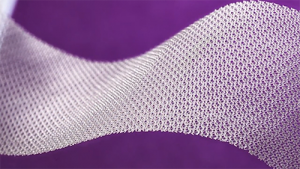 Solutions? Mesh materials
Solutions? Mesh materials
A common solution to maintaining breast vigor is quite common indeed: the bra. The added support provides some kind of resistance to gravity, but more or less exist as a clothing garment. Scientists and medical researchers took the idea of a bra and applied it to the tenets of breast augmentation: what if there was a bra-like material internally?
An internal bra? What a concept! New “scaffolds” that are applied underneath the breast during surgery provide a useful support system. “Some of the new surgical scaffolds, such as Seri Silk or the Galaflex polymer have been very useful,” says McGuire.
A variety of issues can exist with a woman’s breast, some of which can be helped by the adding internal support. “There are so many conditions of the body,” explains Dr. Watterson. “These products are a godsend. We can actually use them to support the breast if the implant has fallen too. Or if a woman has a condition called symmastia, where the breasts are close together, we can separate them with this product. They really are game-changing.”
I already have implants, isn’t more foreign material in the body risky?
The body doesn’t always respond well to foreign materials inside of it, even with extreme advancement in surgical skill and scientific knowledge. Capsular contracture is a well-known complication with breast implants, which seemingly occurs because of the body’s confusion with foreign material. If the risk of complication is already present, wouldn’t putting these mesh materials inside the body increase the risk of complication, even if the added support is great? “We have to be careful, too,” admits McGuire. “Any time we’re putting a foreign material into a patient’s body, we have to make sure we’re doing what’s best for that patient.”
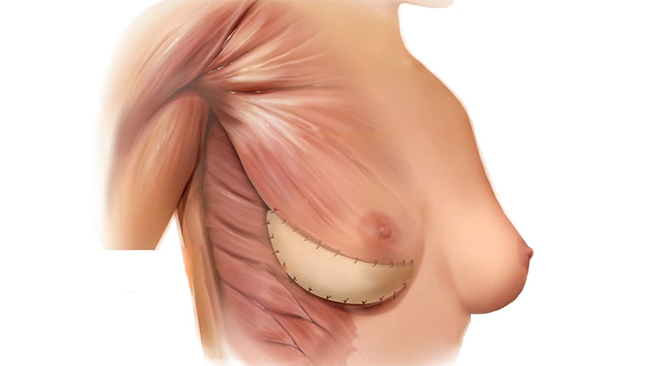
The secret to these materials resides in the property that allows them to dissolve over time, only after the body has replaced the scaffold with it’s own tissue. Dr. Watterson explains: “What’s great about these is they’re scaffolds which get replaced over time by patients own tissue, which is another way they help to fight infection.”
These new products have promising science and research to support them but they are not for everyone. The best way to get the most out of all of the new technology and science is to have a lengthy consultation with a board certified plastic surgeon. By having your own unique anatomy reviewed and looked at through the lens of these many options, the best result possible can be achieved for you.


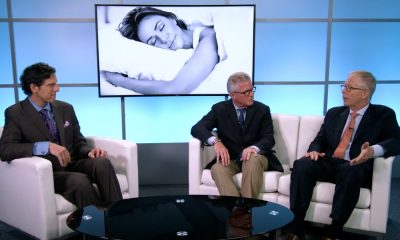
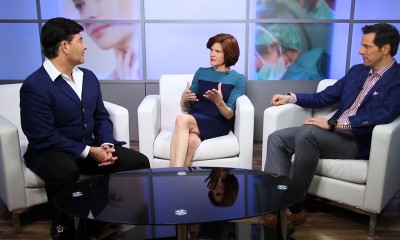

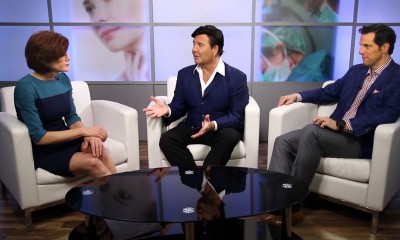
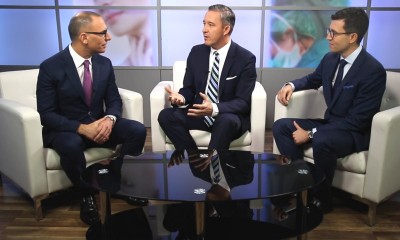
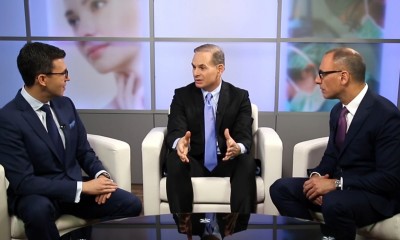
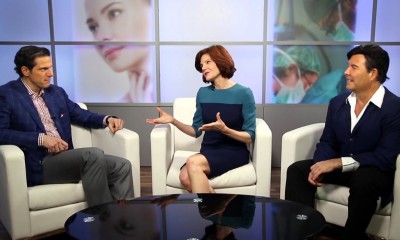
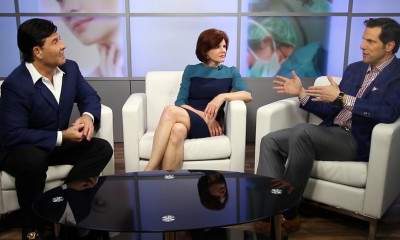
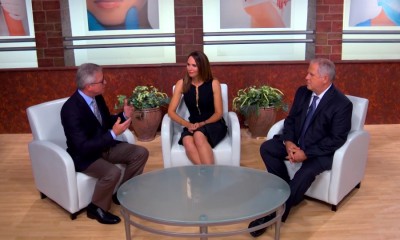




Facebook
Twitter
Instagram
YouTube
RSS